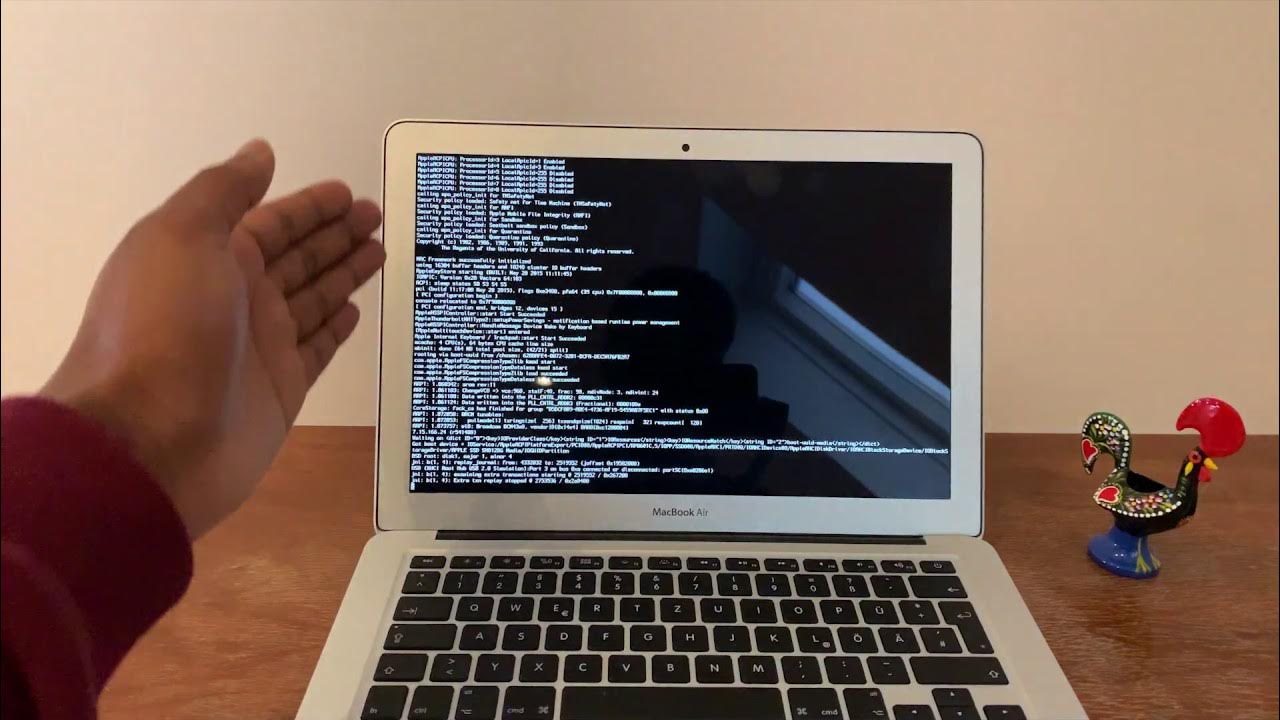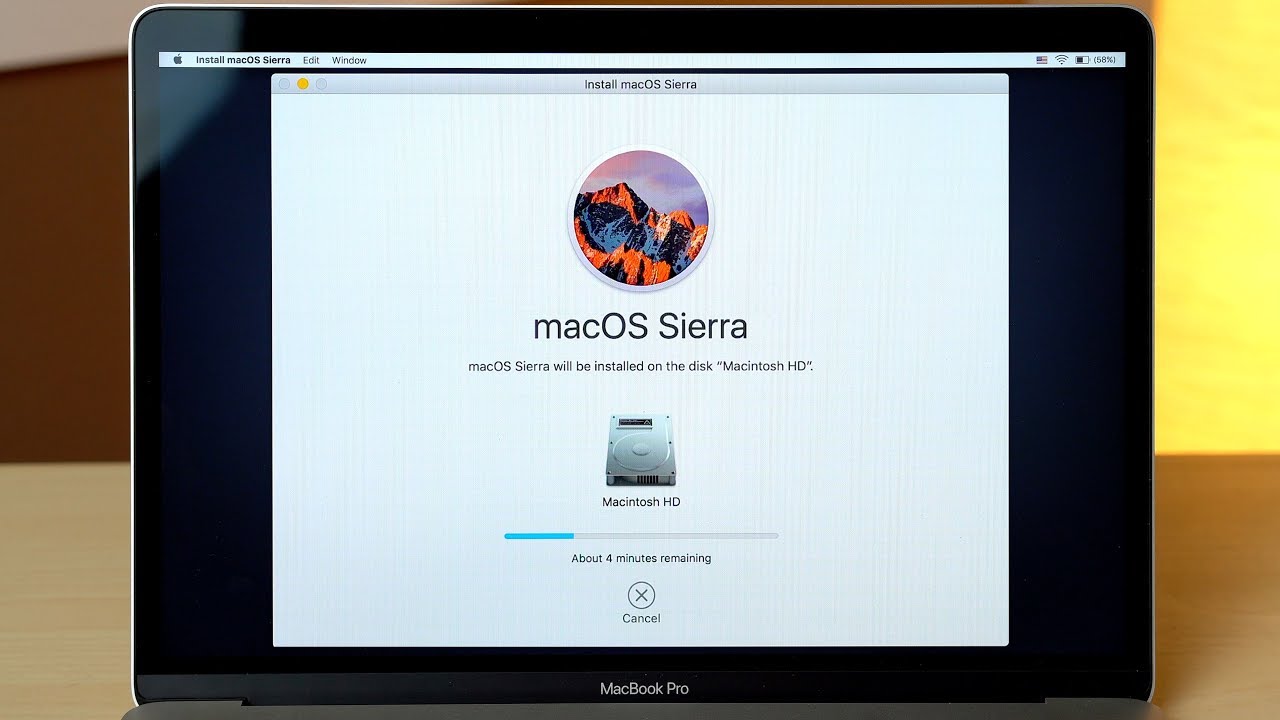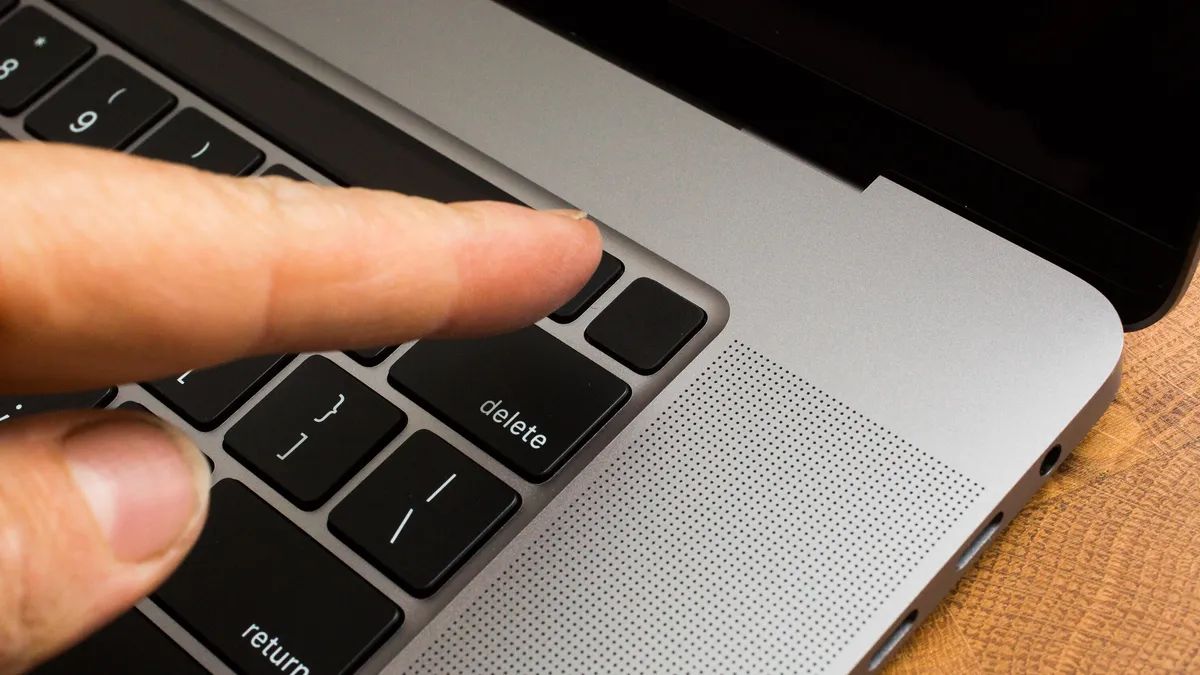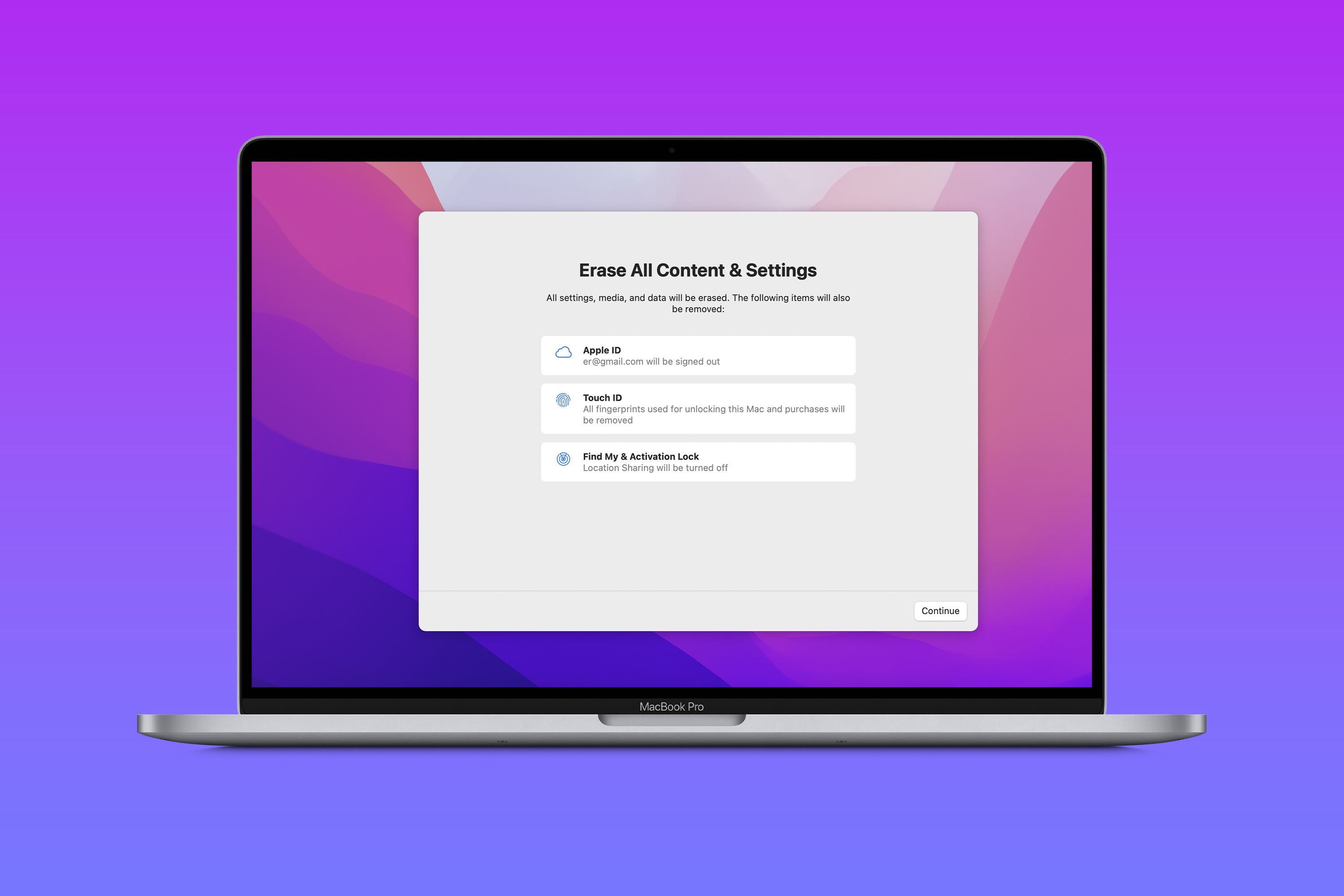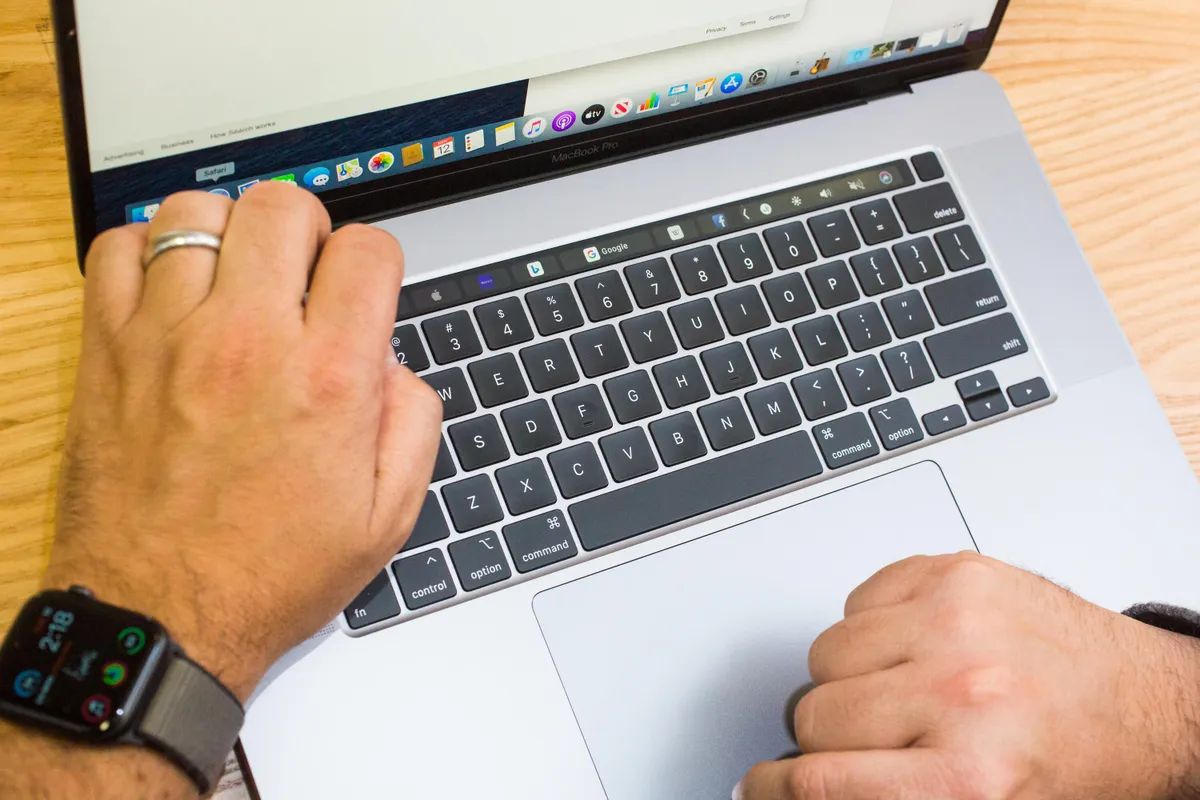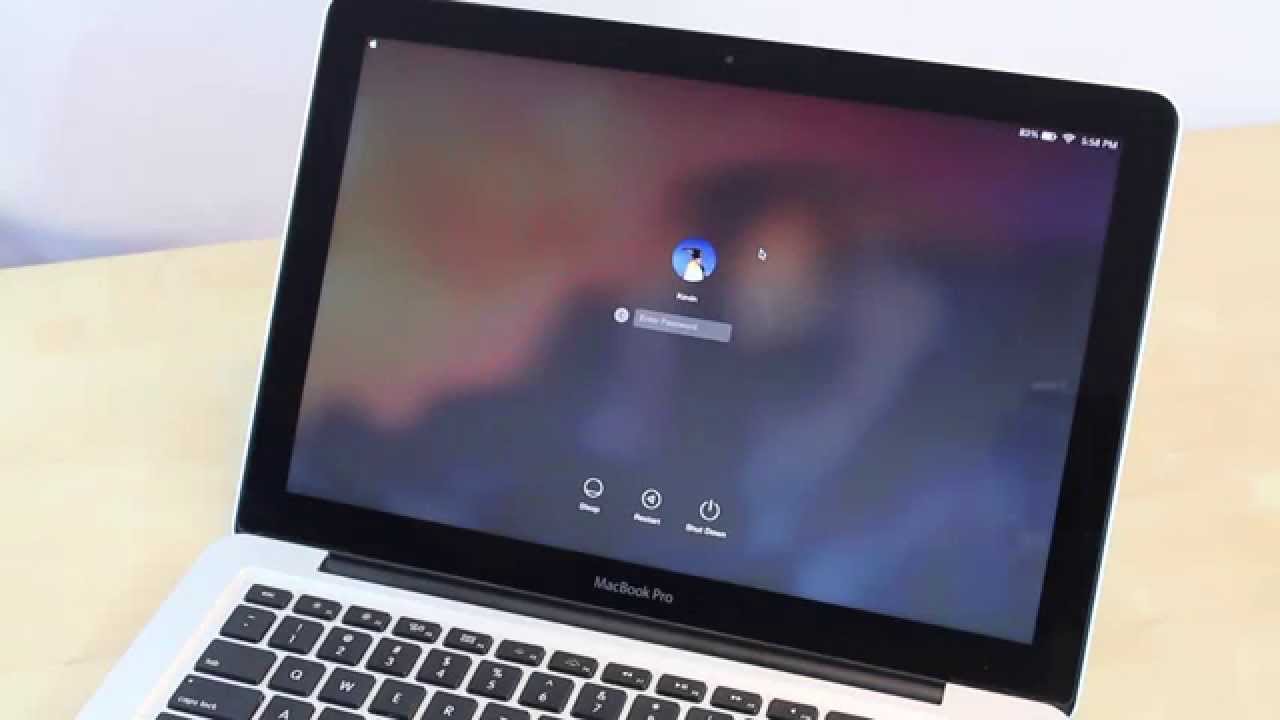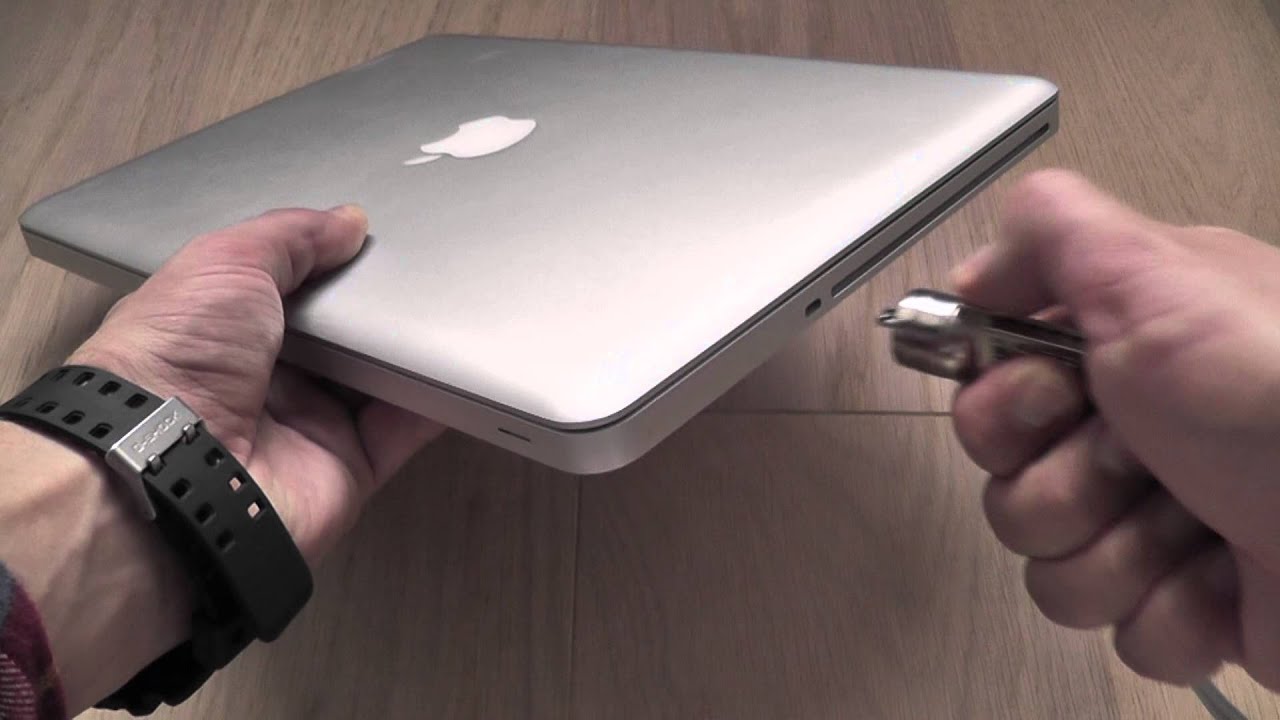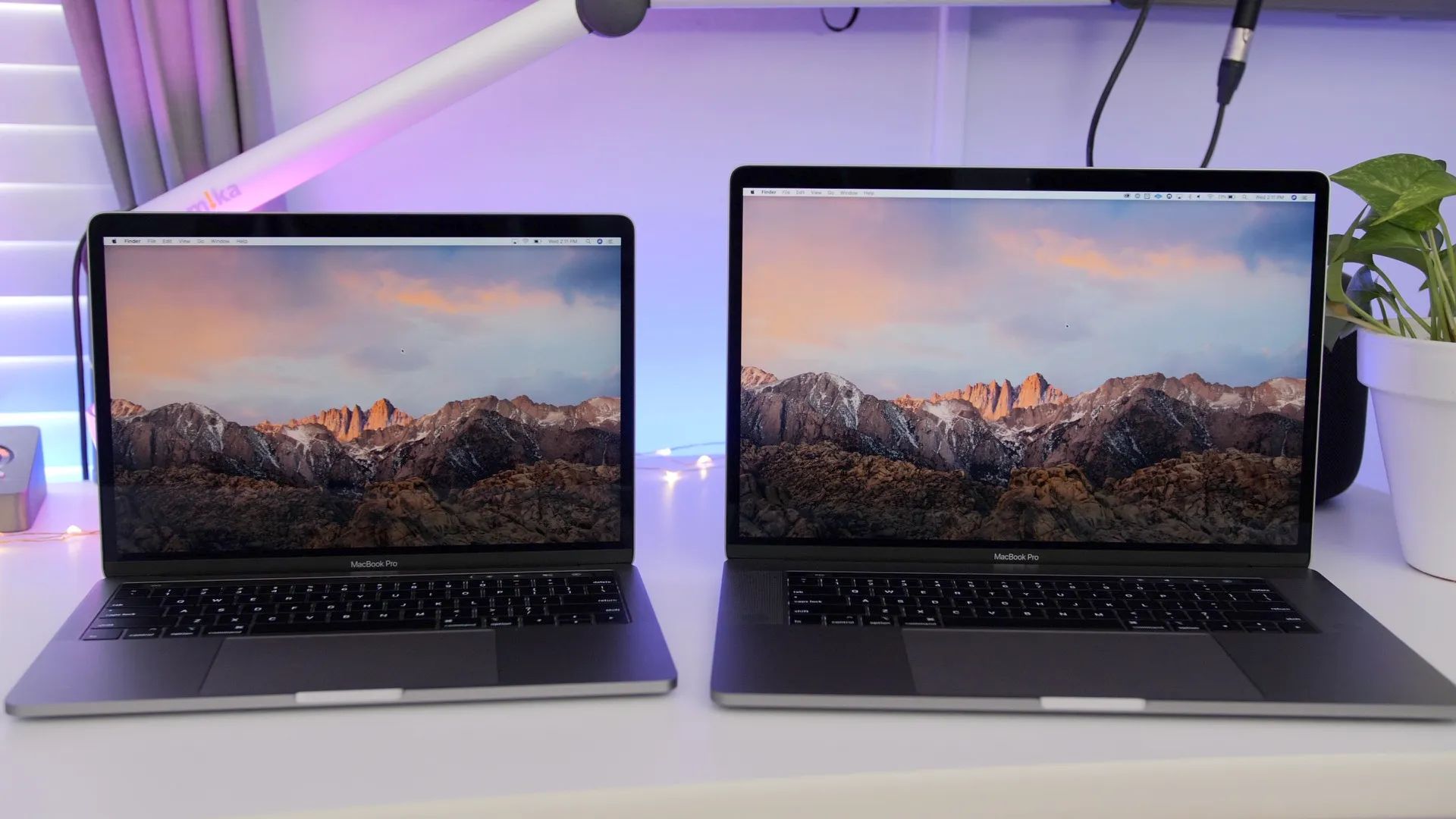Introduction
Welcome to our guide on how to factory reset your MacBook Pro without a password. There may be various reasons why you find yourself in a situation where you need to perform a factory reset on your MacBook Pro. Maybe you forgot your password, or perhaps your MacBook Pro is experiencing significant performance issues that cannot be resolved through regular troubleshooting methods. Whatever the case, a factory reset can help restore your MacBook Pro to its original settings and often resolves many software-related problems.
It is important to note that performing a factory reset will erase all data and settings from your MacBook Pro, so it is crucial to back up your important files before proceeding with the reset. This guide will provide you with several methods to factory reset your MacBook Pro even if you don’t have the password. We will walk you through the steps and precautions you need to take to ensure a successful reset without losing your data.
Before we dive into the methods, it is worth mentioning that these methods are applicable to MacBook Pro models running on macOS. Depending on the specific model and operating system version, the steps may vary slightly, but the general principles remain the same.
Now that you understand the importance of backups and are aware of the potential risks involved in a factory reset, let’s explore the various methods you can use to factory reset your MacBook Pro without a password. Whether you are locked out of your MacBook Pro or simply want to start fresh, these methods will help you achieve your goal and regain control over your device.
Why You Might Need to Factory Reset Your MacBook Pro
There are several scenarios where performing a factory reset on your MacBook Pro can be a viable solution. Let’s take a look at some common reasons why you might need to reset your device:
- Forgotten Password: One of the most common reasons is forgetting your MacBook Pro password. If you are unable to log in to your device, a factory reset can help you regain access.
- Performance Issues: Over time, your MacBook Pro may start experiencing sluggishness, freezes, or frequent crashes. These issues can be caused by various factors, such as excessive clutter, incompatible software, or corrupted system files. Resetting your MacBook Pro to its factory settings can help resolve such performance problems.
- MacBook Pro Acting Strangely: If you notice unusual behavior on your MacBook Pro, such as unexpected pop-ups, browser redirects, or strange error messages, it could be an indication of malware or a potentially unwanted program. Performing a factory reset can help eliminate any malicious software and restore your MacBook Pro to a clean state.
- Preparing to Sell or Give Away: If you’re planning to sell or give away your MacBook Pro, performing a factory reset is essential to ensure that all your personal data is securely erased. This helps protect your privacy and prevents others from accessing your sensitive information.
- Resolving System Errors: Sometimes, specific software or system errors persist despite troubleshooting attempts. In such cases, a factory reset can remove any underlying software conflicts or corruption and restore your MacBook Pro to a stable state.
It is important to keep in mind that a factory reset should only be considered when all other troubleshooting methods have failed to resolve the issue. Additionally, make sure to back up your important files beforehand to avoid permanent data loss.
Now that we understand the potential reasons behind performing a factory reset on your MacBook Pro, let’s explore the methods that will allow you to carry out this process without a password.
Important Note: Backup Your Data Before Factory Resetting
Before proceeding with a factory reset on your MacBook Pro, it is crucial to back up your important data. Performing a factory reset will erase all files and settings on your device, returning it to its original out-of-the-box state. Without a backup, you risk losing all your personal files, documents, photos, and other valuable data.
Backing up your data ensures that you have a copy of everything you need before initiating the reset process. There are several methods you can use to back up your data, depending on your preferences and available resources:
- Time Machine Backup: Time Machine is a built-in backup feature on macOS that allows you to create automatic, incremental backups of your entire system. Connect an external hard drive or use a network-attached storage device and let Time Machine handle the backup process for you. It will save your files, applications, system settings, and other important data, making it easy to restore everything after the factory reset.
- iCloud Backup: If you use iCloud, you can take advantage of its backup functionality to store your files in the cloud. This option is useful for backing up certain files and folders, such as documents, photos, and contacts. Make sure your iCloud storage has enough space to accommodate your data before initiating the backup.
- Manual Backup: If you prefer a more hands-on approach, manually copying your important files to an external storage device is another option. Connect a USB drive or an external hard drive to your MacBook Pro and manually transfer the files you want to back up. Remember to organize your files and ensure that you have copied everything you need.
Regardless of the backup method you choose, it is essential to verify that your backup is complete and accessible before proceeding with the factory reset. Take your time to review the backup, making sure all your important files are there and that you can easily restore them later.
By backing up your data, you can have peace of mind knowing that even if you reset your MacBook Pro, you won’t lose any valuable information. Once you have confirmed that your backup is in order, you can proceed with one of the methods we will discuss in the following sections to factory reset your MacBook Pro without a password.
Method 1: Factory Reset MacBook Pro without Password using macOS Recovery
If you have forgotten your MacBook Pro password and need to perform a factory reset, you can make use of the macOS Recovery feature. macOS Recovery is a built-in utility that allows you to troubleshoot and restore your Mac in cases where the operating system encounters issues or you need to erase the device. Here’s how to use macOS Recovery to factory reset your MacBook Pro:
- Shut down your MacBook Pro completely by selecting “Shut Down” from the Apple menu.
- Press and hold the Command and R keys together, and then press the power button to turn on your MacBook Pro. Keep holding the Command and R keys until you see the Apple logo or the spinning globe icon.
- Release the keys when the macOS Utilities window appears on the screen.
- In the macOS Utilities window, select “Disk Utility” and click “Continue.”
- Within Disk Utility, select your MacBook Pro’s startup disk (usually named “Macintosh HD”) in the sidebar.
- Click on the “Erase” button in the toolbar at the top. This will erase all data on your MacBook Pro’s startup disk.
- Select the appropriate file system format (APFS or Mac OS Extended) and provide a name for your disk.
- Click on “Erase” to confirm the action, and then wait for the process to complete. This will erase all data on your MacBook Pro and prepare it for a factory reset.
- Once the disk erasure is complete, go back to the macOS Utilities window and select “Reinstall macOS” or “Reinstall OS X” (depending on the version of macOS you have). Follow the on-screen instructions to reinstall the operating system on your MacBook Pro.
After the reinstallation process is complete, your MacBook Pro will be restored to its factory settings. You can set it up as a new device or restore your data from a backup using Time Machine or any other backup method you used previously.
It’s important to note that the exact steps may vary depending on the macOS version and your specific model of MacBook Pro. However, the overall process remains similar across different versions. If you encounter any difficulties or need further assistance, you can refer to Apple’s official support documentation or contact their support team.
Now that you are familiar with the steps involved in using macOS Recovery to factory reset your MacBook Pro, you can proceed confidently if you need to reset your device without a password.
Method 2: Factory Reset MacBook Pro without Password using Target Disk Mode
If you are unable to access your MacBook Pro and want to perform a factory reset without a password, you can utilize the Target Disk Mode feature. Target Disk Mode allows you to connect your MacBook Pro to another Mac and access its hard drive as an external disk. Here’s how to use Target Disk Mode to factory reset your MacBook Pro:
- Start by shutting down both your MacBook Pro and the Mac you will be using to access it.
- Connect your MacBook Pro to the other Mac using a Thunderbolt or FireWire cable.
- Turn on your MacBook Pro while holding down the T key. The MacBook Pro should display a Thunderbolt or FireWire symbol indicating it is in Target Disk Mode.
- On the other Mac, you should see your MacBook Pro’s hard drive appear as an external disk in Finder.
- Open Disk Utility on the other Mac. Select the external disk representing your MacBook Pro and click on the “Erase” tab.
- Choose the appropriate file system format (APFS or Mac OS Extended) and provide a name for the disk.
- Click on “Erase” to begin the disk erasure process. This will erase all data on your MacBook Pro’s hard drive.
- Once the erasure is complete, you can close Disk Utility and proceed to reinstall macOS on your MacBook Pro. This can be done by opening the “macOS Utilities” window on the other Mac and selecting the “Reinstall macOS” or “Reinstall OS X” option.
- Follow the on-screen instructions to complete the macOS reinstallation on your MacBook Pro.
After the reinstallation process finishes, your MacBook Pro will be reset to its original factory settings. You can then set it up anew or restore your data from a backup using Time Machine or any other backup method you previously utilized.
Keep in mind that Target Disk Mode requires a compatible Thunderbolt or FireWire cable and an available Thunderbolt or FireWire port on the other Mac. Additionally, the steps and options may slightly vary depending on the macOS version and the specific models of both the MacBook Pro and the other Mac.
If you encounter any difficulties or need further guidance, it is advisable to consult Apple’s official support documentation or contact their support team for assistance.
Now that you understand how to utilize Target Disk Mode to factory reset your MacBook Pro without a password, you can confidently proceed with the reset process, ensuring that your device is reset to its original settings.
Method 3: Factory Reset MacBook Pro without Password using Apple Configurator 2
If you find yourself locked out of your MacBook Pro and need to perform a factory reset without a password, you can utilize Apple Configurator 2. This is a free application developed by Apple specifically for managing iOS and macOS devices. Here’s how to use Apple Configurator 2 to factory reset your MacBook Pro:
- Start by downloading and installing Apple Configurator 2 from the Mac App Store if you haven’t done so already.
- Launch Apple Configurator 2 on another Mac that has the application installed.
- Connect your MacBook Pro to the Mac running Apple Configurator 2 using a USB-C cable.
- In Apple Configurator 2, select your MacBook Pro from the list of connected devices.
- Click on the “Actions” menu in the menu bar and choose the “Erase” option.
- Follow the on-screen prompts to confirm the erasure of your MacBook Pro’s data. This will remove all files and settings from your device.
- Once the erasure is complete, you can proceed to reinstall macOS on your MacBook Pro. Apple Configurator 2 provides an option to restore the operating system.
- Follow the on-screen instructions to complete the macOS reinstallation on your MacBook Pro.
After the reinstallation process finishes, your MacBook Pro will be reset to its original factory settings. You can then set it up as a new device or restore your data from a backup using Time Machine or any other backup method you previously employed.
Please note that Apple Configurator 2 is primarily designed for managing multiple devices, so using it for a single MacBook Pro may not be the most convenient option. However, it can be helpful in situations where other methods are not feasible, such as when you don’t have access to another Mac or the necessary cables.
If you encounter any difficulties or need further guidance, it is advisable to consult Apple’s official support documentation or contact their support team for assistance with using Apple Configurator 2 to factory reset your MacBook Pro.
Now that you are familiar with how to use Apple Configurator 2 to factory reset your MacBook Pro without a password, you can proceed confidently with the reset process, ensuring that your device is restored to its original settings.
Conclusion
Performing a factory reset on your MacBook Pro without a password may seem daunting, but with the right methods, it can be accomplished effectively. We explored three methods that allow you to reset your MacBook Pro without a password: using macOS Recovery, utilizing Target Disk Mode, and employing Apple Configurator 2.
When attempting a factory reset, it is crucial to back up your data beforehand to prevent permanent loss. Time Machine, iCloud, or manual backups are viable options for safeguarding your important files and documents.
Using macOS Recovery, you can access the built-in utility to erase your MacBook Pro’s data and reinstall the operating system. Target Disk Mode enables you to connect your MacBook Pro to another Mac and erase the device’s hard drive. Apple Configurator 2, although primarily designed for managing multiple devices, can be used to erase and reset your MacBook Pro.
Remember to follow the step-by-step instructions for each method and be aware that there may be slight variations depending on your macOS version and specific MacBook Pro model.
By utilizing these methods, you can restore your MacBook Pro to its factory settings, resolving issues such as forgotten passwords, performance problems, unusual behavior, or preparing for resale or giveaway.
If you encounter any difficulties or need further assistance, Apple’s official support documentation and their support team can provide valuable guidance.
Now that you are equipped with the knowledge of how to factory reset your MacBook Pro without a password, you can confidently take control of your device and tackle any challenges that may come your way.







